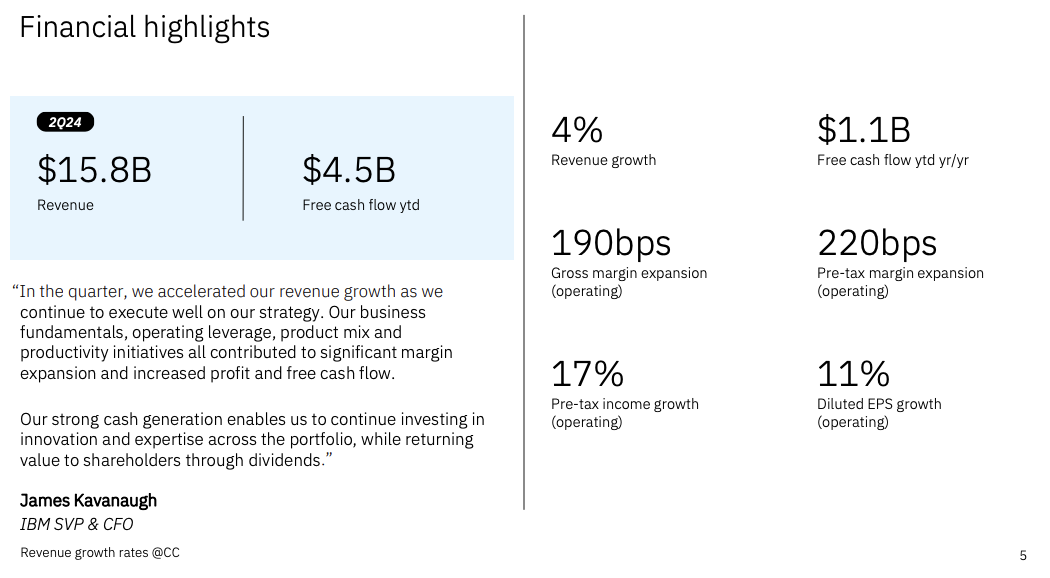The AI-RAN Alliance is a collaborative initiative focused on the integration of artificial intelligence (AI) into cellular technologies to enhance radio access network (RAN) technology and mobile networks.
Launched at the Mobile World Congress in Barcelona, this alliance represents a concerted effort by key players across technology, industry, and academia to advance the deployment of wireless services and operational efficiency within the telecommunications sector.
The goal is to pave the way for AI’s innovative use and implementation in telecommunication infrastructures, setting the stage for the future development of 6G technology.
Objectives and Focus Areas
The AI-RAN Alliance was formed with several key objectives aimed at revolutionizing the telecommunications landscape through the integration of AI into RAN. These objectives are designed to address current challenges in mobile networks while paving the way for future innovations.
The primary goals of the AI-RAN Alliance include:
- Enhancing Mobile Network Efficiency: The alliance seeks to leverage AI technologies to significantly improve the operational efficiency of mobile networks. This involves optimizing network resources, reducing latency, and enhancing the overall user experience by ensuring that network services are delivered more efficiently and reliably.
- Reducing Power Consumption: A critical objective of the group is minimizing the energy footprint of RAN and the wider network infrastructure. By employing AI algorithms that can predict and adapt to network demand in real-time, the alliance aims to reduce the power consumption of network operations, contributing to the industry’s sustainability goals.
- Retrofitting Existing Infrastructure: The new alliance plans to integrate AI solutions into existing network infrastructures, thereby extending their capabilities and lifespan without necessitating complete overhauls. This approach is intended to make the transition to AI-enhanced networks more cost-effective and less disruptive.
- Unlocking New Economic Opportunities: By integrating AI into RAN, the alliance wants to unlock new economic opportunities for telecommunications companies. This includes the potential for creating new revenue streams through AI-driven applications and services, enhancing the value proposition of mobile networks for businesses and consumers alike.
- Spearheading the Testing and Implementation of Advanced Technologies: Network operators within the alliance are tasked with leading the practical application of the technologies developed through the collective research efforts. This includes testing and implementing AI solutions in live network environments to ensure they deliver on their promise of enhanced efficiency and service innovation.
The AI-RAN Alliance is focused on harnessing the power of AI to transform RAN and mobile networks at large. Through its objectives, the alliance aims to drive forward a new era of network efficiency, sustainability, and innovation, laying the groundwork for the next generation of mobile communications and services.
Research and Innovation Areas
The AI-RAN Alliance focuses on three main areas of research and innovation to integrate AI into RAN while improving the performance and efficiency of mobile networks. These areas use AI to improve spectral efficiency, operational efficiency, and create new revenue opportunities through innovative applications and services.
The main areas of research and innovation are:
- AI for RAN: This research area focuses on advancing RAN capabilities through AI to improve spectral efficiency, which is crucial for maximizing the capacity and performance of wireless networks. By applying AI algorithms to analyze and predict network conditions, the alliance aims to dynamically optimize RAN configurations and resource allocation, thereby enhancing network throughput and user experience.
- AI and RAN: The integration of AI and RAN processes targets the effective utilization of infrastructure and the generation of new AI-driven revenue opportunities. This involves using AI to better understand network operations, user behavior, and service demands, enabling more intelligent and automated decision-making processes. The goal is to not only optimize the existing network infrastructure but also to uncover innovative ways to use the network for delivering new services and applications that can drive additional revenue streams for operators.
- AI on RAN: Deploying AI services at the network edge through RAN is aimed at increasing operational efficiency and offering new services to mobile users. By bringing AI capabilities closer to the end-users at the edge of the network, the alliance seeks to reduce latency, improve service delivery, and enable a new class of applications that require real-time processing and analysis. This could include applications such as AR and VR, autonomous vehicles, and IoT, all of which can benefit from the low latency and high bandwidth offered by edge computing integrated with AI and RAN.
Overall, the AI-RAN Alliance’s areas of research and innovation offer a comprehensive approach to integrating AI into the fabric of mobile networks. By focusing on these areas, the alliance expects to transform RAN operations, enhance network performance, and unlock new possibilities for service innovation and economic growth in the telecommunications sector.
Members and Collaboration
Founding members of the AI-RAN Alliance include prominent companies and institutions such as Amazon Web Services, Inc. (AWS), Arm, DeepSig Inc., Ericsson, Microsoft Corporation, Microsoft, Nokia, Northeastern University, NVIDIA, Samsung Electronics, SoftBank Corp., and T-Mobile USA, Inc. This diverse group brings together a wide range of expertise from silicon to software, aiming to deliver on the promise of ubiquitous AI in the telecom sector.
Network operators within the alliance will lead the testing and implementation of advanced technologies developed through member companies’ and universities’ collective research efforts. This collaborative approach is designed to leverage each member’s unique strengths and capabilities to drive innovation and efficiency in mobile networks through the application of AI.
Analysis
The new collaboration between this group of significant industry influencers is a collective acknowledgment of AI’s transformative potential in RAN and the broader mobile telecommunications infrastructure.
The journey towards fully AI-integrated RAN has its challenges. Issues such as data privacy, security, and the interoperability of AI systems across different network infrastructures will require careful navigation. The alliance must also foster an ecosystem that encourages innovation while ensuring that the benefits of AI for RAN are accessible across the industry, preventing the emergence of monopolistic practices that could stifle competition and innovation.
The AI-RAN Alliance is a significant step forward in the telecommunications industry’s embrace of AI technologies. By pooling resources and expertise, the alliance members are well-positioned to accelerate the development and deployment of AI solutions that will shape the future of mobile networks. The success of the endeavor could very well dictate the pace and direction of innovation in telecommunications for years to come. We’ll keep watching.





